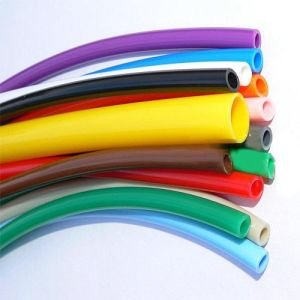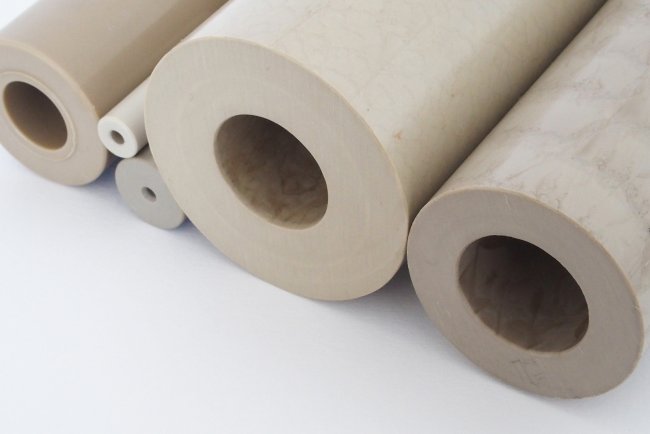Choosing Between Nylon 6 and Nylon 66: Insights from Leading Indian Manufacturers
Discover the key differences between Nylon 6 and Nylon 66 with insights from top nylon 6 and nylon 66 manufacturers in India. Learn how to choose the right material for your application.

In the world of engineering plastics, nylon has carved a strong niche due to its versatility, durability, and cost-effectiveness. However, when choosing between Nylon 6 and Nylon 66, businesses often face a dilemma. Each type has its own unique set of properties, and selecting the right material can significantly impact the performance and cost-efficiency of the final product. In this article, we break down the key differences between Nylon 6 and Nylon 66 and present insights from top Nylon 6 manufacturers in India and Nylon 66 manufacturers in India to help you make an informed decision.
Understanding the Basics: Nylon 6 vs. Nylon 66
Nylon 6 is produced by the polymerization of caprolactam, while Nylon 66 is made from hexamethylenediamine and adipic acid. While both are polyamides and share many similarities, their performance characteristics vary in significant ways:
| Property | Nylon 6 | Nylon 66 |
|---|---|---|
| Melting Point | ~220°C | ~260°C |
| Tensile Strength | Slightly lower | Higher |
| Water Absorption | Higher | Lower |
| Processability | Easier to mold and extrude | Requires higher processing temp |
| Cost | Generally more affordable | Slightly more expensive |
Applications and Use Cases
Nylon 6 is widely used in industries where flexibility, impact resistance, and ease of processing are essential. It's ideal for:
-
Automotive components
-
Textile filaments
-
Consumer goods
-
Electrical housings
Nylon 66, with its superior strength and thermal resistance, is preferred for more demanding applications like:
-
Industrial gears
-
High-temperature automotive parts
-
Electrical connectors
-
Engineering components
Insights from Nylon 6 Manufacturers in India
India has emerged as a global hub for high-quality engineering plastics, with several Nylon 6 manufacturers in India offering consistent quality and competitive pricing.
These manufacturers highlight that Nylon 6’s ease of processability and lower cost make it an excellent choice for mass production in the automotive, textile, and consumer electronics industries. The material’s flexibility also allows for customization in color, shape, and grade.
"Nylon 6 is our top-selling material for OEMs in India due to its balance of performance and affordability," says a leading manufacturer based in Gujarat.
Inputs from Nylon 66 Manufacturers in India
On the other hand, Nylon 66 manufacturers in India emphasize the material's strength and heat resistance. Manufacturers servicing the aerospace, electrical, and heavy engineering sectors often recommend Nylon 66 for parts exposed to stress, friction, or high temperatures.
"When durability and high thermal performance are non-negotiable, Nylon 66 is the material of choice," shares a well-known supplier from Maharashtra.
How to Choose the Right Nylon for Your Application
When deciding between Nylon 6 and Nylon 66, consider the following:
-
Mechanical Stress – Choose Nylon 66 for higher load-bearing needs.
-
Operating Temperature – Nylon 66 performs better under elevated temperatures.
-
Moisture Sensitivity – Nylon 66 absorbs less moisture, making it suitable for humid environments.
-
Budget Constraints – Nylon 6 is more economical for large-scale production.
-
Ease of Processing – Nylon 6 is easier to mold, especially for complex designs.
Final Thoughts
Whether you're an OEM, a product designer, or a procurement manager, understanding the differences between Nylon 6 and Nylon 66 is crucial to optimizing product performance and cost.
The growing ecosystem of nylon 6 manufacturers in India and nylon 66 manufacturers in India ensures that businesses can access world-class materials domestically. By consulting with leading Indian suppliers and analyzing application needs, companies can make smarter material choices that lead to better products and long-term savings.
What's Your Reaction?

































